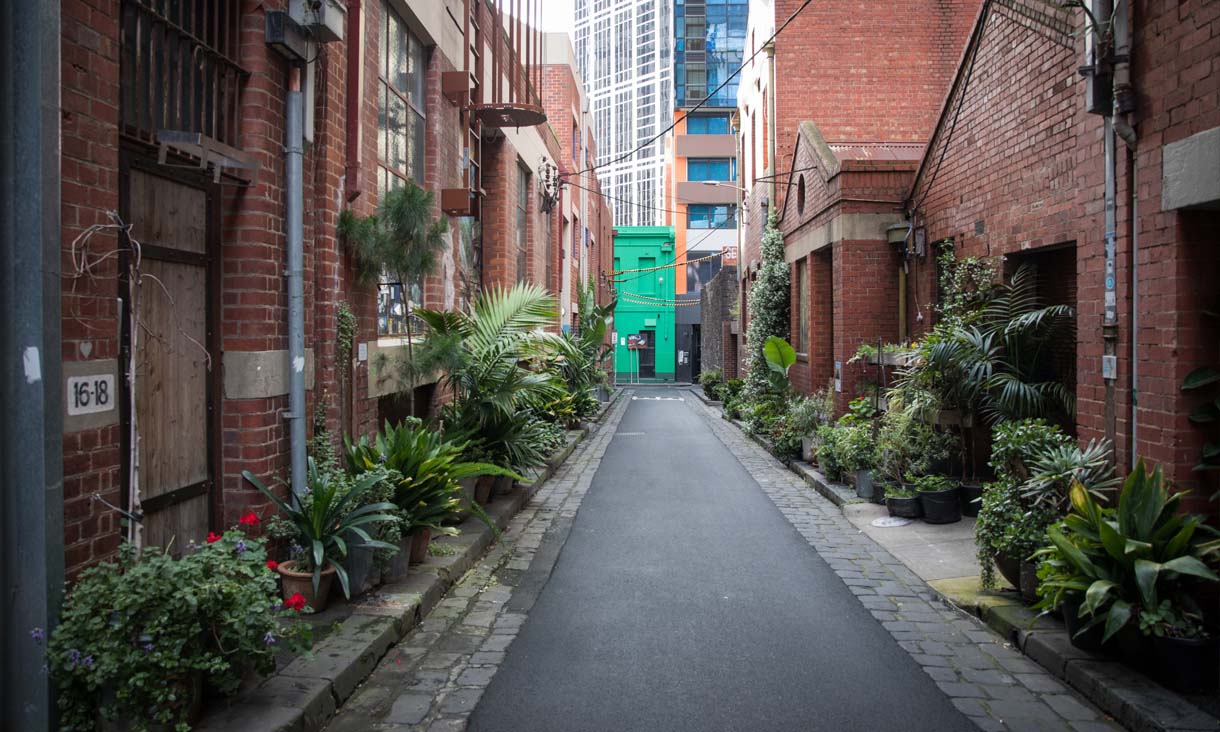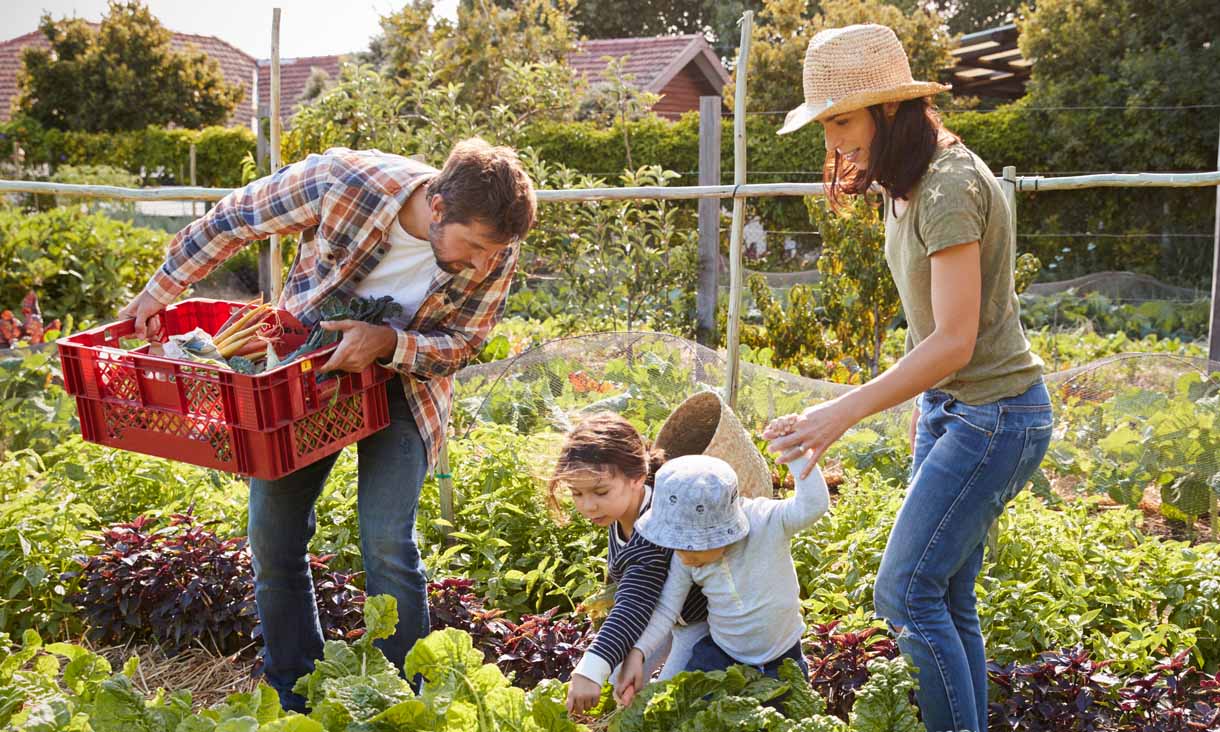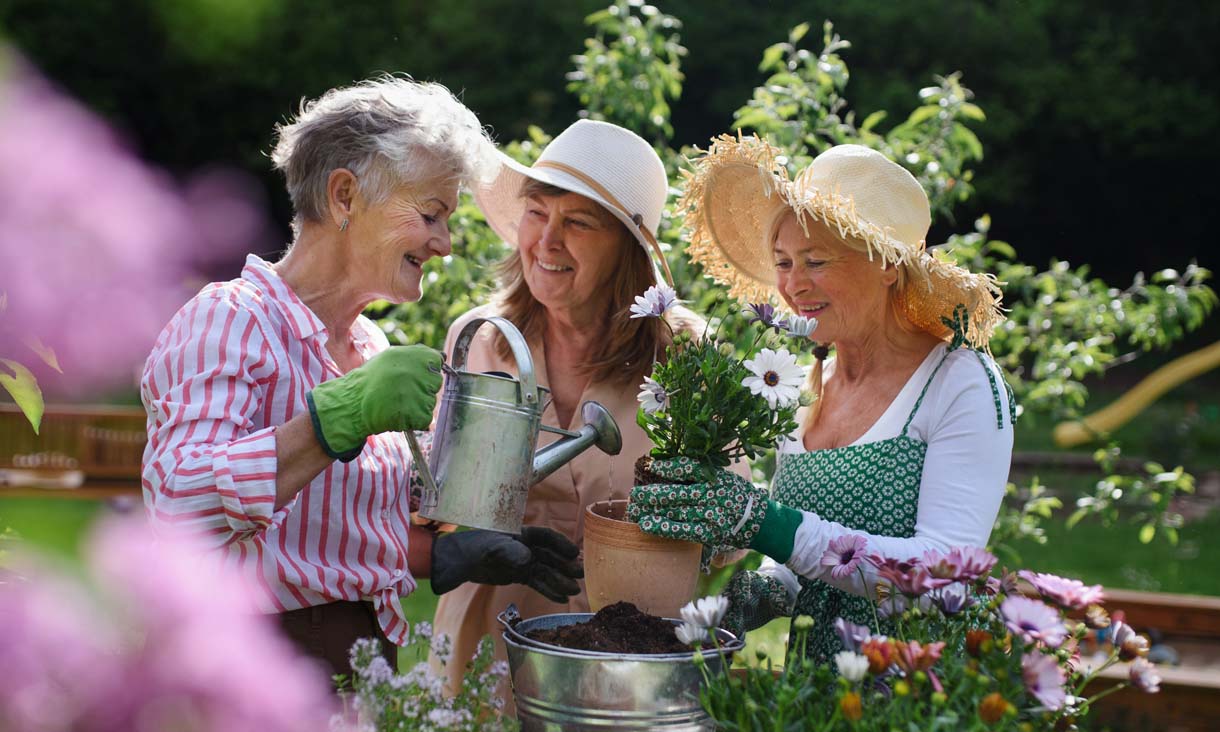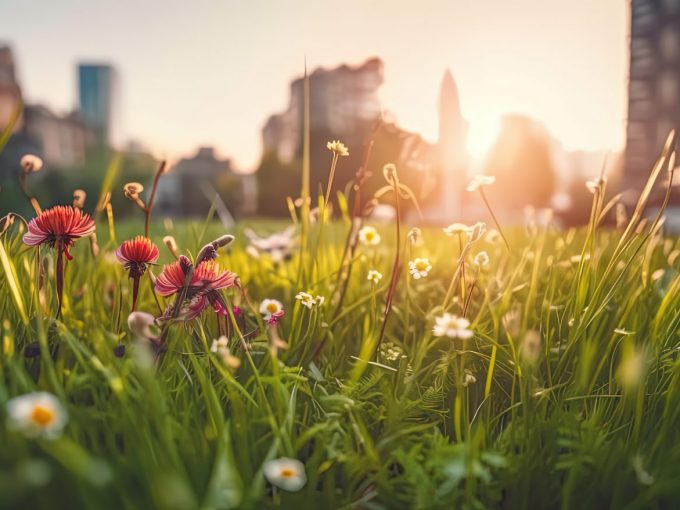New research into Melburnians’ connection to nature is helping the City of Melbourne understand how to engage its community members in conservation efforts.
The study, led by RMIT University in collaboration with the City of Melbourne and Queensland University of Technology, surveyed over 1,500 City of Melbourne residents and visitors on their connection to nature and found nearly 75% of respondents had a high connection to nature.
More than 75% of respondents said they were concerned about climate change and the destruction of nature.
However, retirees and university students who have lived most of their lives in the Melbourne area had the lowest connection to nature.
The research also found residents who lived north of the Yarra River generally had a higher connection to nature compared to their southern counterparts, despite south-siders mostly living in areas with higher levels of tree canopy.
Project lead Dr Matthew Selinske from the Centre for Urban Research said more investigation was needed to unpack the reason for the north and south divide.
“It is interesting there are low nature-connection clusters in the south as many south-side residents actually care deeply about nature,” he said.
“There could be a number of factors affecting their relationship to nature, but the main takeaway is we need to make all participation with nature as easy as possible.”
The research found people who were time poor were less likely to engage with nature, regardless of access to activities and programs.
Selinske said increasing passive or incidental nature exposure, such as revegetating walking paths used by commuters or hosting more events and activities outdoors, could help time-poor people reap the benefits of being outdoors.
“Getting nature into everyone’s lives, even incidental exposure, is extremely important and councils need to deliver this in an equitable manner,” he said.
Selinske said prior research showed people with greater connection to nature tended to have higher wellbeing and better health outcomes.
“They are also more likely to engage in pro-environmental actions and support conservation initiatives, so that’s why we want to lift up engagement in low nature connection areas or groups,” he said.

Lord Mayor Sally Capp said the City of Melbourne had already implemented the research to deliver conservation projects in Melbourne.
“Melbourne’s growing population is full of diversity – so it’s important that we understand the many different motivations people have for engaging with nature,” the Lord Mayor said.
“Our big green city is home to more than 460 hectares of public open space – equating to over 110 MCGs worth of green spaces for Melburnians and visitors to enjoy.
“This research is helping us plan, prioritise and deliver on our Nature in the City strategy, guiding many of our nature-connection programs including the City Nature Challenge BioBlitz, Citizen Forester program, Nature Stewards program and more.”
Understanding low-connection clusters
Previous research showed young people’s connection to nature tended to decline when they reached their mid-teens. While there might be a spike in connection as they reach their twenties, it can then plateau by later adulthood.
“Young people go through so many changes in their lives before they reach adulthood. Many prioritise other activities over spending time in nature,” said Selinske.
“Re-engagement strategies could look like creating more nature programs for teens and young adults, which could help sustain their connection to nature through to adulthood.”

While retirees exhibited strong knowledge of Australian biodiversity, their low connection to nature was potentially due to lack of mobility and social connection.
“A lot of retirees are very concerned about the environment but some of them may be socially isolated or find mobility a big barrier to accessing nature,” Selinske said.
“One of the ways we could re-engage this group is to bring nature to them and create social opportunities closer to home.”
“This could mean creating more community gardens near them or making nature part of their homes.”

Selinske’s research also found migrants, despite having less knowledge of Australian biodiversity, had a strong connection to nature, and participated in social activities that benefitted nature like advocacy and volunteering.
“New migrants to Australia are a really engaged, environmentally conscious group. Finding ways to increase their local biodiversity knowledge may create stronger ties to the Melbourne area and benefit biodiversity by strengthening emerging conservation allies,” Selinske said.
“Examining connection to nature at multiple scales provides insights for urban conservation” is published in Biology Conservation. (DOI: https://doi.org/10.1016/j.biocon.2023.109984)
This research was led by RMIT University in collaboration with the City of Melbourne and Queensland University of Technology.
Matthew J. Selinske, Lee Harrison and B. Alexander Simmons are co-authors.
Story: Shu Shu Zheng and Jenny Lucy





